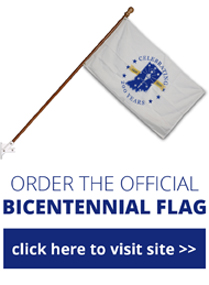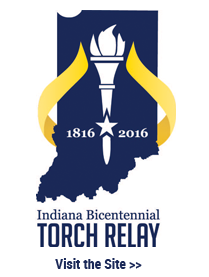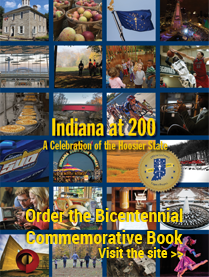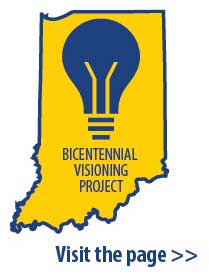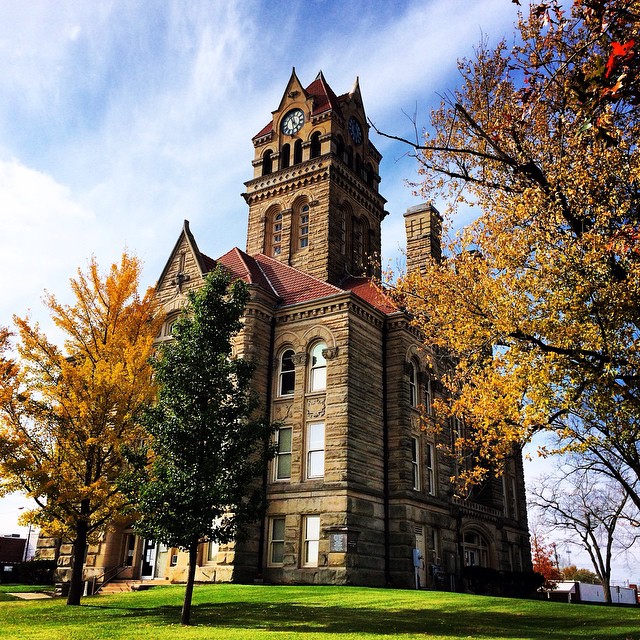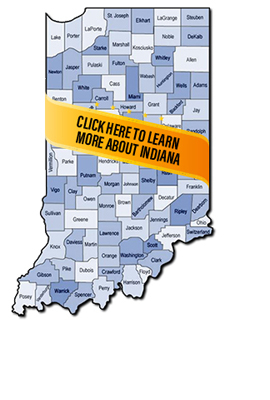- Business & Agriculture
- Residents
- Government
- Education
- Taxes & Finance
- Visiting & Playing
- Family & Health
Starke County
Q&A with County Coordinator David Pearman
What do you consider the key accomplishment(s) of your county's Bicentennial celebration?
- More than anything this celebration brought us together as a community, and I will never forget the feeling when we rolled into Wythogan Park to be greeted by the estimated 1600 attendees. So many people were gathered on the sides of the road to cheer the torch on!!! You just never know in a small town if people will embrace something, but our hard work paid off. The celebration revved up our identity. We also designed our new county flag which was another huge accomplishment.
What Legacy Project do you most like to tell people about, and why?
- The Yellowstone Trail Festival is a unique way to promote Starke County and our heritage.
Describe a highlight or most memorable moment related to your county's Bicentennial celebration.
- The finale still sticks in everyone's mind, especially mine. Everyone lined up along the river waiting for the torch to arrive on the fire boat still gives me chills. Then as we parted the sea of people and gathered at the stage for the closing celebration there was simply magic in the air. You can view it on our Facebook page. Indiana Bicentennial: Starke County
How/where are you preserving information and artifacts related to your county's celebration?
- We are developing a display at the Starke County Historical Society museum.
Do you have a website and/or social media presence?
- @StarkeBicentennial ; https://www.facebook.com/StarkeBicentennial
Total number of volunteers who participated.
- 30
Estimated total attendance.
- 1,600
Estimated dollar amount raised.
- 1,500
Estimated dollar amount spent.
- 4,000
Starke County Legacy Projects
- Art Display
- Black Oak Savanna Purchase - Bicentennial Nature Trust
- Everglades of the North: The Story of the Grand Kankakee Marsh
- Follow the Historical Society into the Future Capital Project Fund
- Hamlet Rendezvous
- Lincoln Highway Byway Signs
- North Judson Mint Festival Bicentennial Events
- Yellowstone Trail Fest
Photos of Starke County's Bicentennial Activities / Events
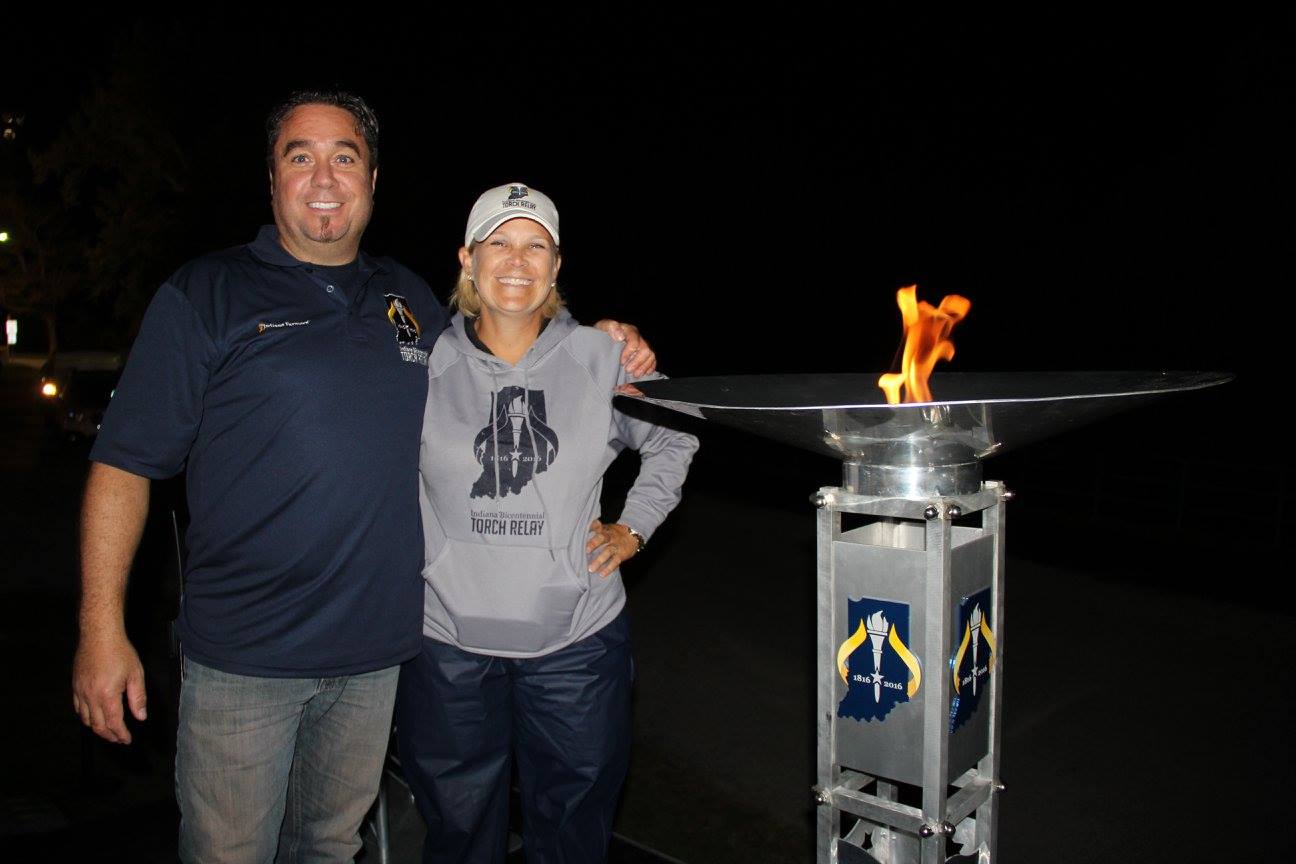
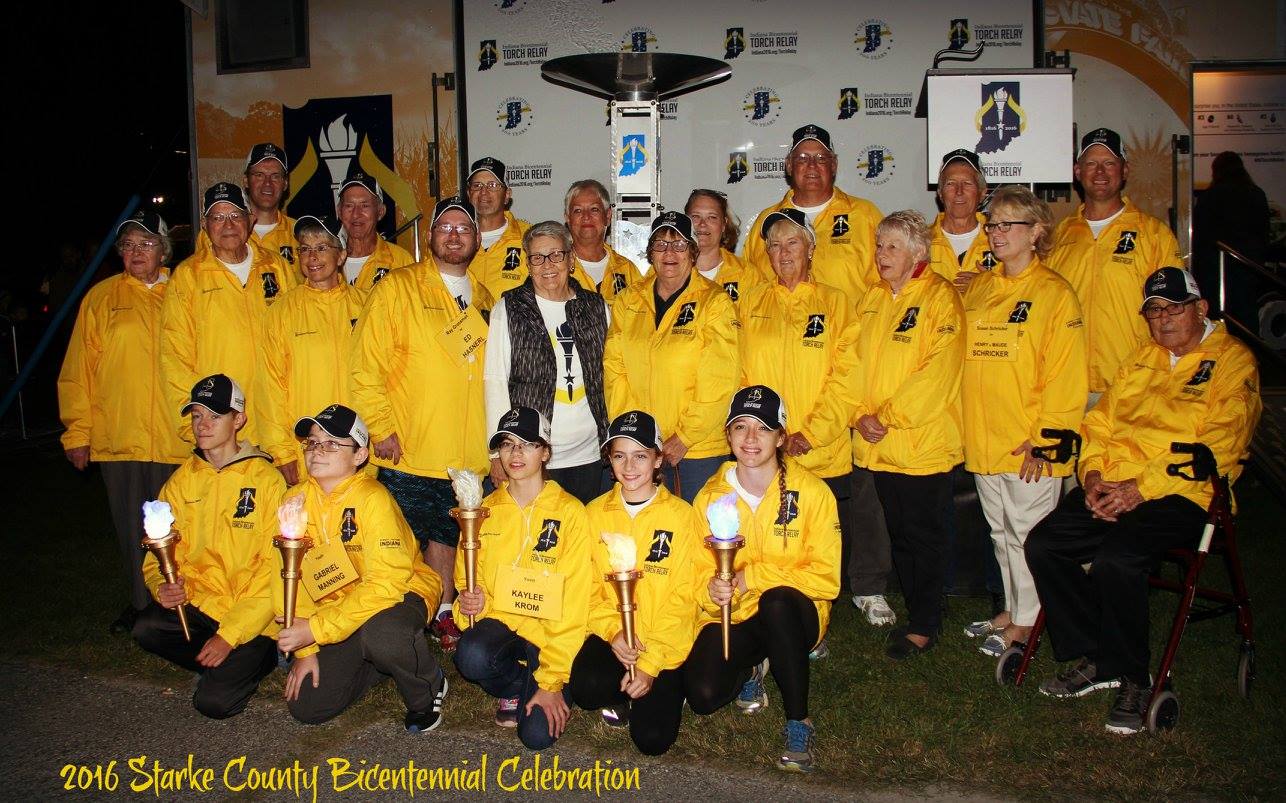
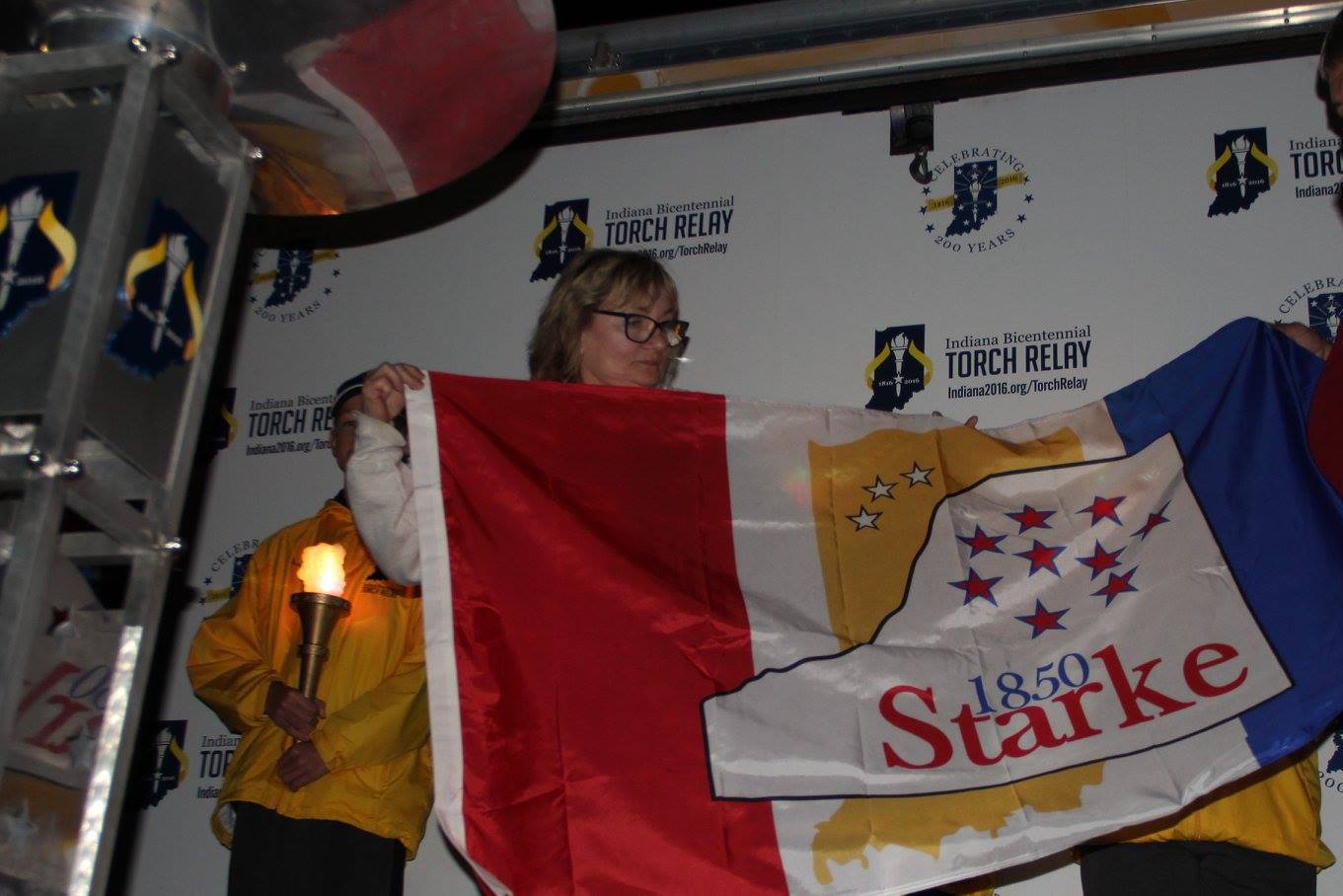
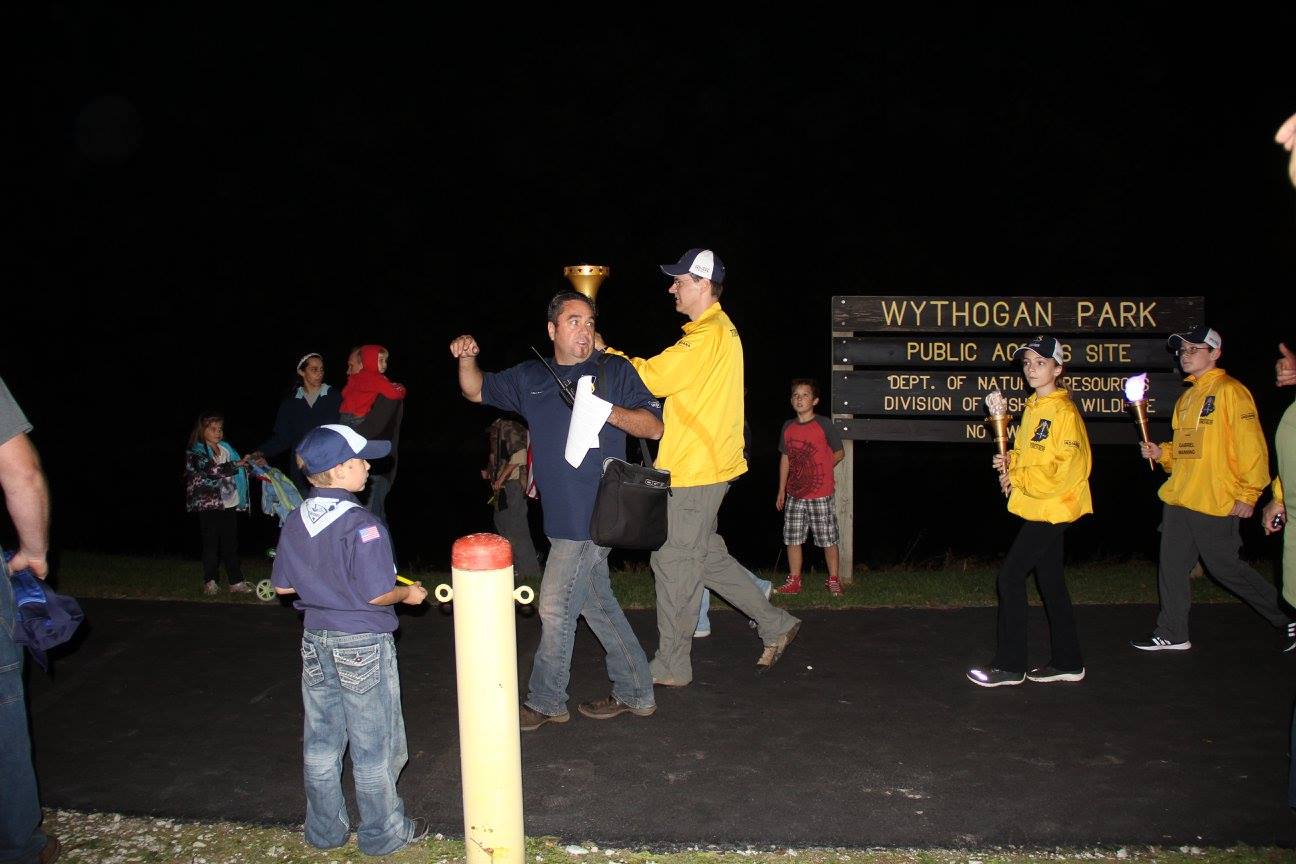
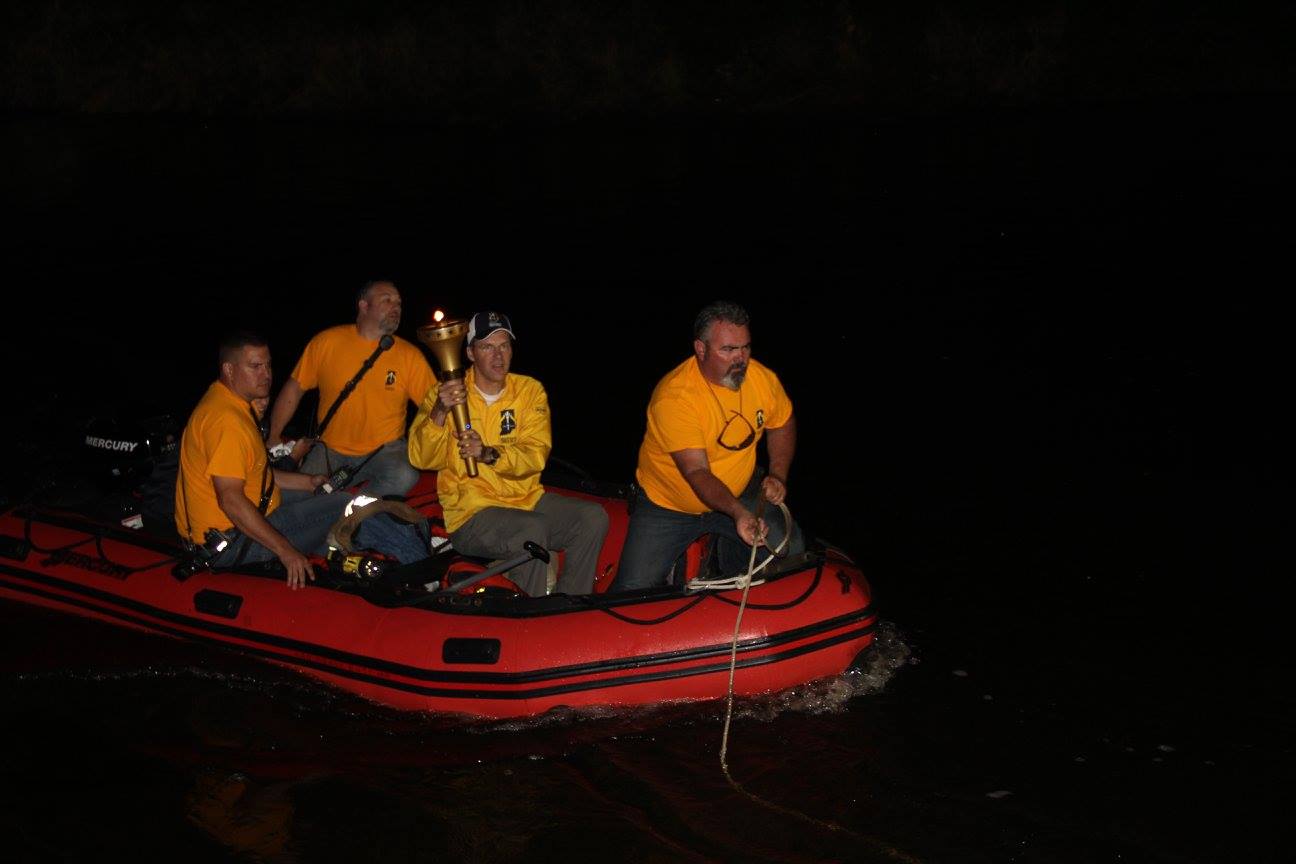
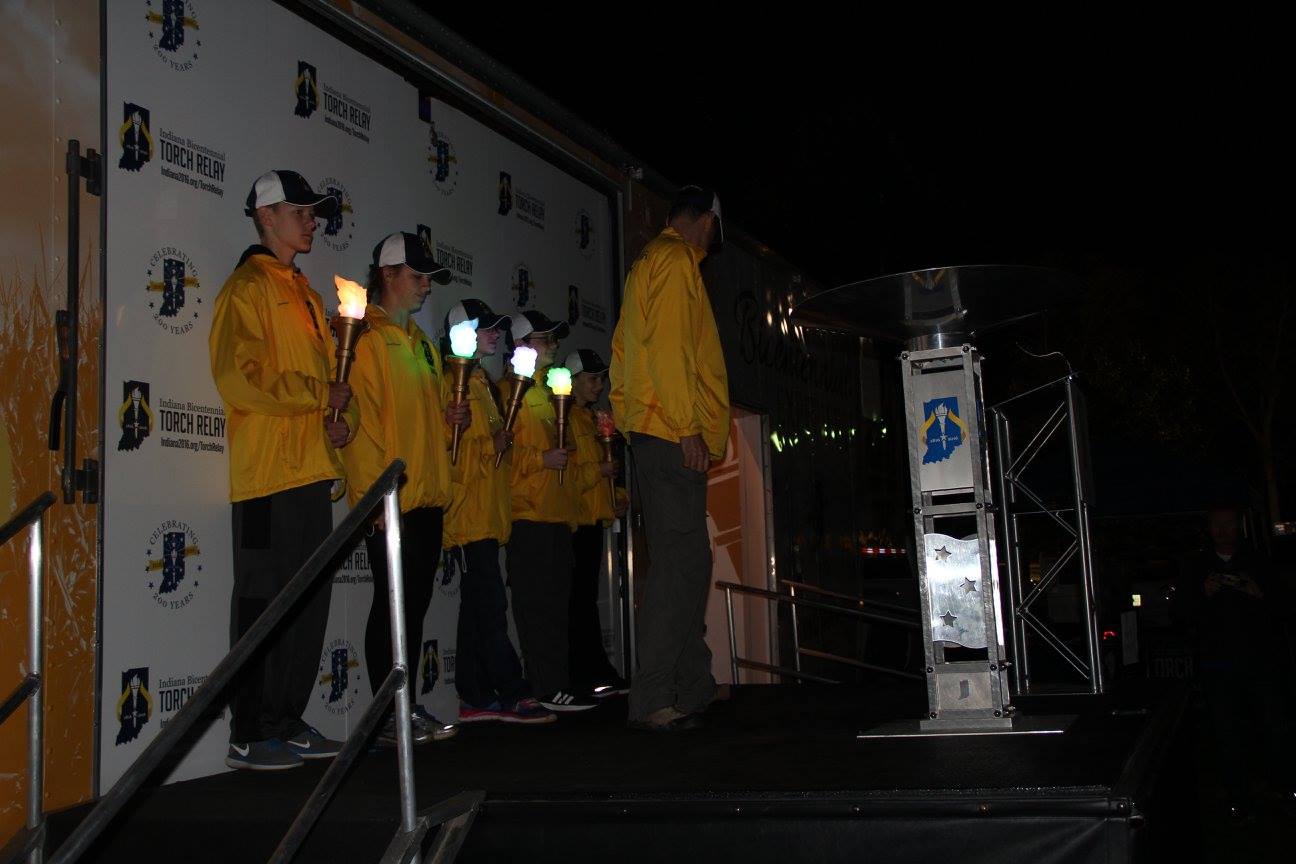
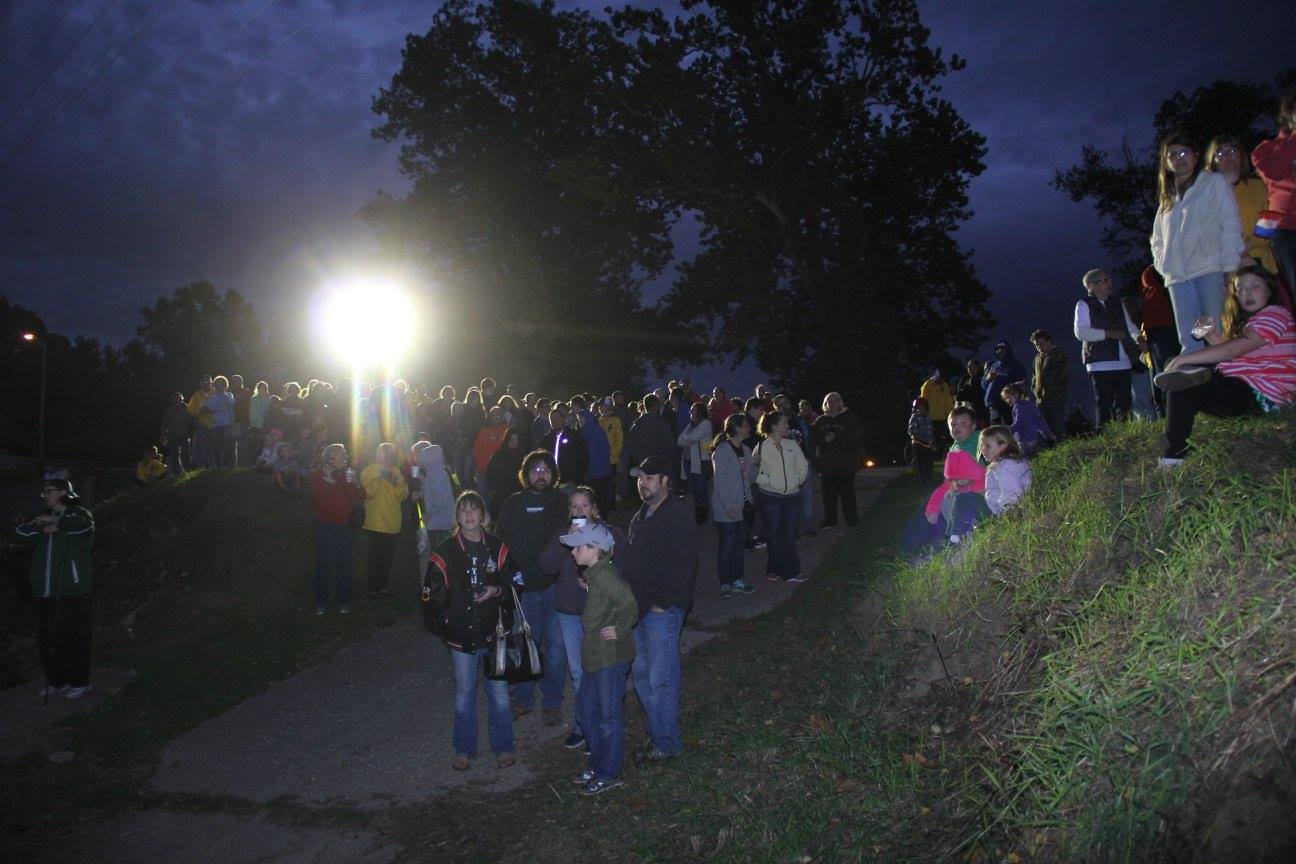
Starke County Facts
Starke County was named for Gen. John Stark,who commanded New Hampshire troops at the Battle of Bunker Hill in 1775 in the Revolutionary War and defeated the British at the Battle of Bennington in 1777.
Before white settlement, all of the land that forms modern-day Starke County and adjacent LaPorte County to the north belonged to the Potawatami Indian nation. These Indians were forcibly removed to Kansas by the United States government in 1838.
About the courthouse: Wing and Mahurin were the architects.
The building was completed in 1898.
 The most significant historic site in Starke County is the encampment of the third LaSalle expedition in Dec.1679 near Davis. The spot is marked by Indiana historical marker 75.2000.1.
The most significant historic site in Starke County is the encampment of the third LaSalle expedition in Dec.1679 near Davis. The spot is marked by Indiana historical marker 75.2000.1.
That expedition linked the Great Lakes and Mississippi river systems by locating the portage between the St. Joseph River and the Kankakee/Illinois at South Bend. It’s also said to be one of the earliest records of Europeans in Indiana, though some evidence suggests the southern Porter Co. village of Tassinong (near Kouts) hosted courier de bois traders as early as 1673, which if true would make that the earliest European settlement in Indiana (and earlier than any in Illinois).
Ben Hur Has Starke County Roots
William Hine, known as Billy to his friends, was a master carpenter. He was also a veteran of the Civil War. After the war, he returned home and followed his trade of carpentry, building three homes on Jones Street in North Judson.
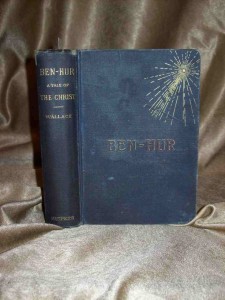 Mr. and Mrs. William Hine owned a cabin on the Kankakee when the Kankakee was truly a beautiful river, edged by swamps and inhabited by all kinds of river wildlife.
Mr. and Mrs. William Hine owned a cabin on the Kankakee when the Kankakee was truly a beautiful river, edged by swamps and inhabited by all kinds of river wildlife.
A gentleman came to the river from Crawfordsville. He came for the solitude and quietness that he could find there, for he wanted to keep his mind upon the book he was writing while enjoying the real beauty to be found along the Kankakee.
The writer was Lew Wallace. When he finished his book, he named it “Ben Hur.” That was in 1880.
Indiana’s canal system
Early settlers to Starke County Indiana often endured a 40 or 50-day journey across the Appalachian Mountains and through the wilderness before the canals were built. By the 1840s and 1850s, many came from the East by canal boats to Logansport, then by oxcart to settle in Northern Indiana.
The canal system in Indiana was one of the finest in the nation. Two routes going through Starke County were surveyed for future canals, but never built. In a few short years, the steam engine and railroads took over. It was much easier to travel at 40 miles per hour than 4 miles per hour.
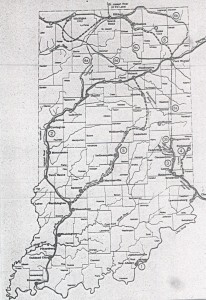 Two canal systems were successfully completed in Indiana: the 101 mile Whitewater Canal from Hagerstown to Cincinnati, and the Wabash & Erie Canal from the eastern state line near Fort Wayne to Evansville on the Ohio River. The Wabash & Erie connected with canals in northern Ohio, which then joined the Erie Canal. At 468 miles in length from Toledo to Evansville, it was the largest fabricated structure in the United States.
Two canal systems were successfully completed in Indiana: the 101 mile Whitewater Canal from Hagerstown to Cincinnati, and the Wabash & Erie Canal from the eastern state line near Fort Wayne to Evansville on the Ohio River. The Wabash & Erie connected with canals in northern Ohio, which then joined the Erie Canal. At 468 miles in length from Toledo to Evansville, it was the largest fabricated structure in the United States.
It was said that the Wabash & Erie Canal was a part of the second-longest canal in the world.
Go Back to a Bygone Era
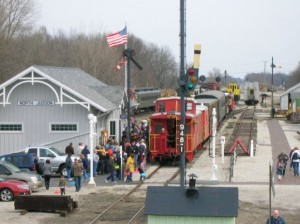 Visit the Hoosier Valley Railroad Museum in northwest Indiana. Situated near the former junction of the Erie, PRR, C&O, and NYC in historic North Judson. Experience a unique opportunity to experience the sights, sounds and smells of railroading during its heyday. Visit the museum or take a train ride on an authentic caboose pulled by a vintage diesel locomotive.
Visit the Hoosier Valley Railroad Museum in northwest Indiana. Situated near the former junction of the Erie, PRR, C&O, and NYC in historic North Judson. Experience a unique opportunity to experience the sights, sounds and smells of railroading during its heyday. Visit the museum or take a train ride on an authentic caboose pulled by a vintage diesel locomotive.
Che Mah, the smallest man in the world at 28 inches, retired in Knox, Starke County, after years of traveling with the circus. Born in China in 1838, he came to the U.S. in 1881 at the age of 43 years.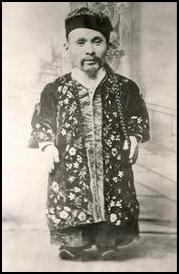
Some of his special clothes and furniture are displayed in the Starke County Historical Society Museum, located in the twice-elected, former Governor Schricker’s historic home on Main Street in Knox.
Bass Lake, in Starke County, formerly known as Cedar Lake, was the playground of the “rich and famous” during the early 1900s.
Believe it or not, Bass Lake is a natural lake that stands on top of a hill. Nearly unique among Indiana lakes, its drainage basin slopes away, not toward, the water and how it remains liquid is, at first thought, something of a mystery.
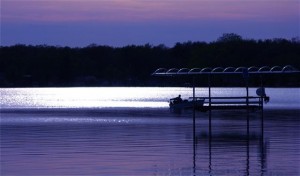
Bass Lake at sunset. Image courtesy of Starke County Chamber of Commerce.
Seeing the recreational possibilities, the state established a beach there that covers seven acres along the southeast shore between the water and Indiana 10.The lake located 11 miles north of Winamac on US 35, is Indiana’s fourth largest natural body of water and covers more than 1,400 acres. It comes highly recommended for both swimming and fishing.
County Seat: Knox
Year Organized: 1835
Square Miles: 309.13
Starke County Bicentennial Committee
- Mary (MJ) Bendt (RIP)
- Rose Frost
- Loretta Kosloske
- Debbie Mix
- Kathy Norem
- David Pearman
- Jim Shilling (RIP)
- Melba Shilling
- Gayle Smith
- Pam Stalbaum
- Ron Vendl






